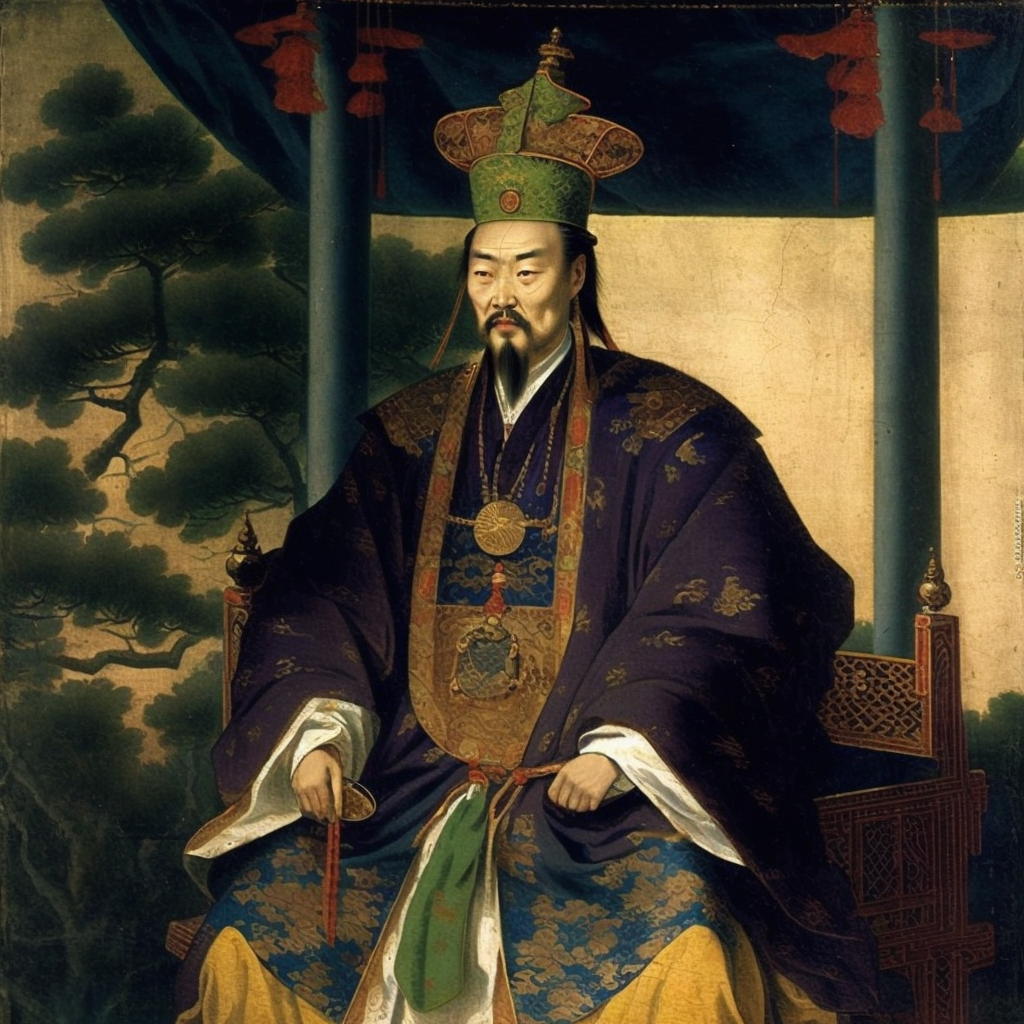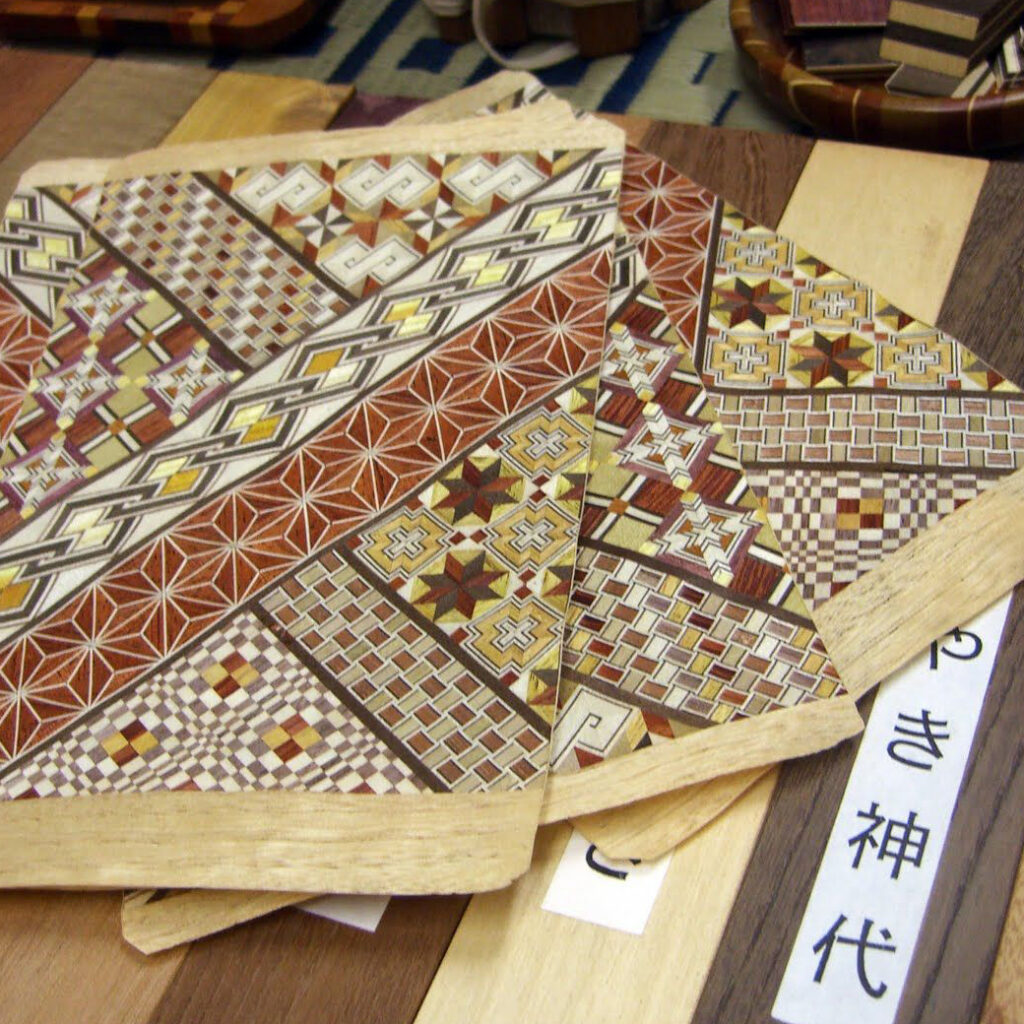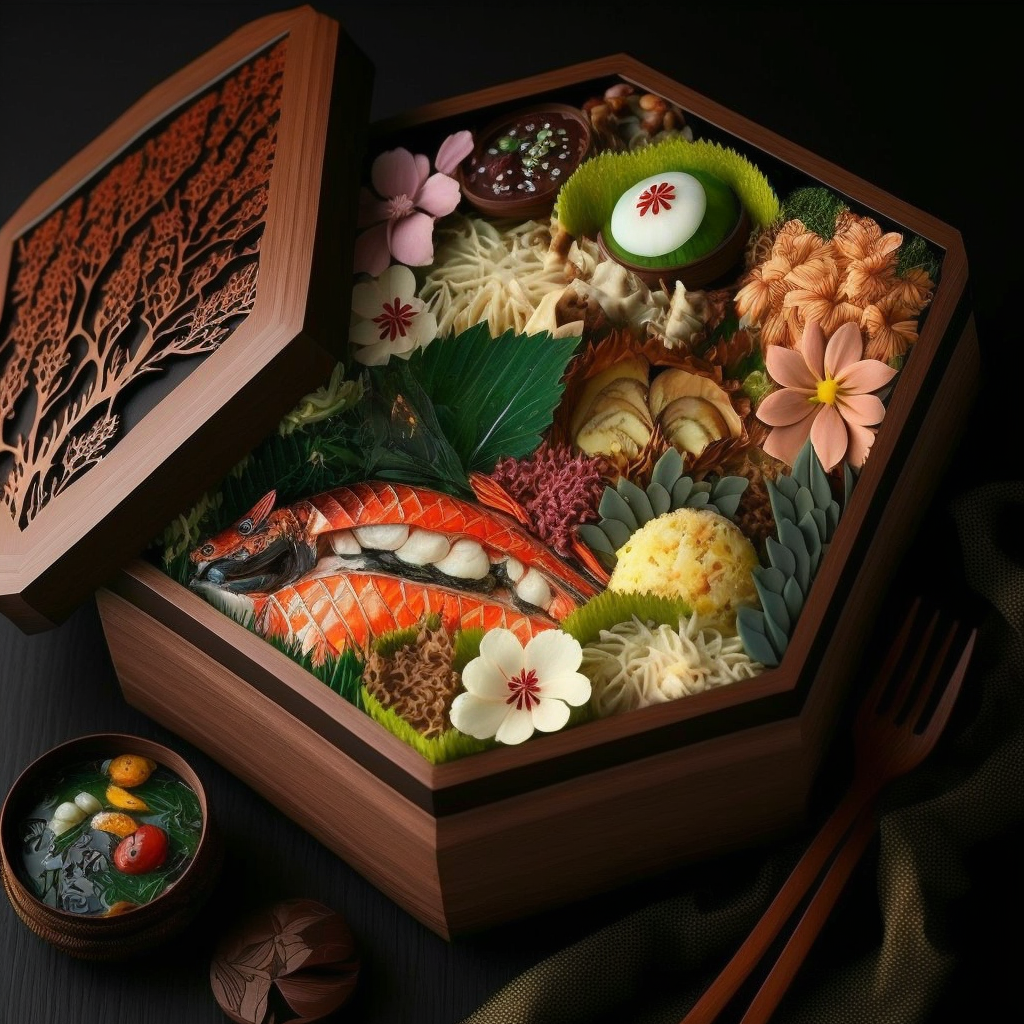the Heian era (794-1185)
In 794, exasperated by the pressures made on him by the six Buddhist sects (Kusha-shû, 07Jôjitsu-shû, Hossô-shû , Sanron-shû, Ritsu-shû) to obtain more and more advantages and prerogatives, the ‘Emperor Kammu transfers the capital to Heiankyô (later renamed Kyôto). Faced with the rise of these sects, Emperor Kammu commissioned certain monks to bring back new doctrines from China. This was the case of Saichô founder of the Tandaï sect and of Kukai founder of the Shingon sect. Although these two new sects were more syncretic than the previous ones they still did not reach the people. Much simpler, amidism (cult of the Buddha Amida), promising the salvation of all, made its appearance.
During the 10th century, the system based on personal ties replaced the system of codes (merit and seniority). Gradually the central power crumbles in favor of large provincial landowners and monasteries.
Fujiwara no Michinaga represents the preponderance of the Fujiwara clan (“wisteria enclosure”), which had obtained the function of regent of the emperor 2 centuries before then that of grand chancellor, giving the same power as those of the regent while the emperor was of age. Michinaga will remain in power under the reign of 3 successive emperors, to whom he marries his daughters, he retired in 1016 to a monastery. The Fujiwara period is favorable to cultural and architectural development (Daigo-ji, Byodo-in).
In 1001, Murasaki Shikibu wrote The Tale of Genji (genji monogatari), considered a major work of 11th century Japanese literature. The plot of the book takes place during the Heian era. The Genji is an emperor’s son who cannot claim the throne. The Tale of Genji, which presents itself as a true story (monogatari), recounts the life of one of these imperial princes, of extraordinary beauty, accomplished poet and charmer of women.
Focus on the Fujiwara clan
The Fujiwara clan is one of the most influential clans in Japanese history. Founded in the 9th century, it played a crucial role in the political, cultural and social development of Japan during the Heian era (794-1185).
Members of the Fujiwara clan were highly placed courtiers, often advisers to the ruler or government administrators. They wielded considerable influence in the affairs of state by forming matrimonial alliances with the imperial family and holding key positions in government.
The Fujiwara clan also exerted a great influence on the culture of the time. Clan members were patrons of the arts and letters, and contributed to the production of many important books, poems and plays. The clan also participated in the development of calligraphy and painting, as well as the construction of many Buddhist temples and other public buildings.
The power of the Fujiwara clan began to decline in the 11th century, when the system of government began to change and other clans began to take power. However, the name and influence of the Fujiwara clan continues to be important in the history of Japan until today.



